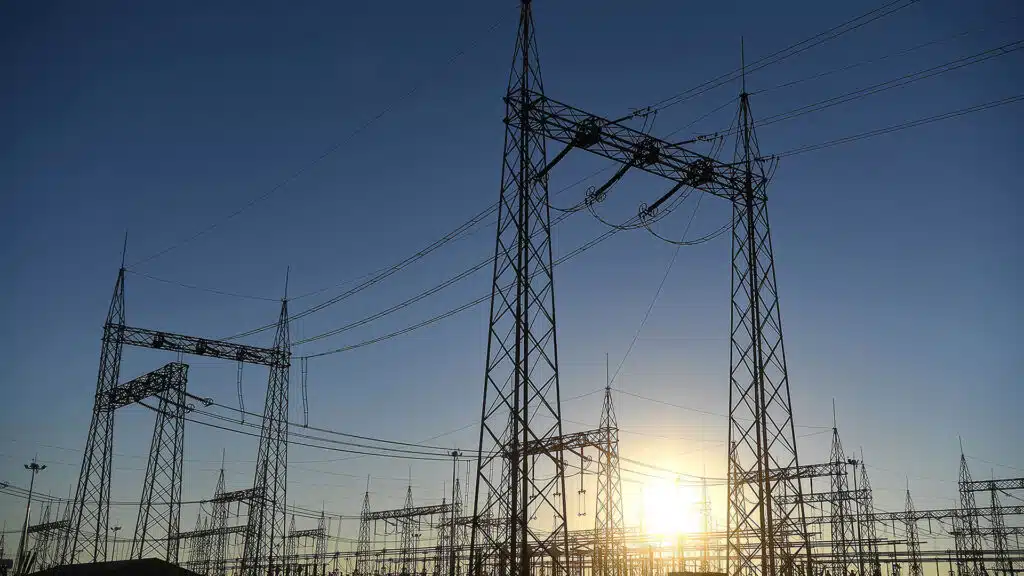As South Africa braces for the winter season, state power utility Eskom has announced the implementation of load reduction in areas where local grids are experiencing overload.
This measure, distinct from load shedding, aims to protect critical infrastructure from damage due to excessive demand, particularly in regions prone to electricity theft and indiscriminate usage.
Summary
- Eskom has started implementing load reduction in areas with overloaded local grids.
- Load reduction is not the same as load shedding; it’s a targeted approach to prevent infrastructure damage.
- The onset of winter has led to increased energy demand, exacerbating the situation.
- Approximately 2,111 transformers across the country are at risk of damage due to frequent overloading.
- Seven provinces are particularly affected, with 94% of overloaded transformers located in these areas.
- Electricity theft and indiscriminate use are primary causes of transformer overload.
- Eskom urges customers to reduce consumption and report illegal activities to prevent load reduction.
Understanding Load Reduction
What is Load Reduction?
Load reduction is a targeted approach to managing power distribution in high-risk areas. Unlike load shedding, which is implemented when there’s insufficient generation capacity, load reduction is used to protect local infrastructure from damage due to overloading.
Why is it Necessary?
Monde Bala, Eskom Executive for Distribution, emphasized that load reduction is implemented as a last resort. The primary goal is to prevent transformer damage, which can leave areas without power for extended periods – up to six months in severe cases.
Affected Areas
Seven provinces are particularly affected by this measure:
- Limpopo
- Western Cape
- Eastern Cape
- Gauteng
- Mpumalanga
- KwaZulu-Natal
- North West
These areas account for 94% of the total overloaded transformers in the country.

The Root of the Problem: Electricity Theft and Misuse
Eskom has identified several activities contributing to the overloading of transformers:
- Illegal connections
- Network equipment theft
- Vandalism
- Meter bypasses and tampering
- Unauthorized network operations
- Purchasing electricity from illegal vendors
These activities not only lead to revenue losses for Eskom but also put immense strain on the power distribution infrastructure.
Impact on Consumers
While Eskom aims to minimize the impact on paying customers, the network’s configuration makes it challenging to isolate affected areas precisely. As a result, even law-abiding consumers may experience interruptions during load reduction periods.

Eskom’s Appeal to Consumers
To mitigate the need for load reduction, Eskom urges customers to:
- Reduce electricity consumption, especially during peak hours
- Ensure all electrical connections are legal and paid for
- Report illegal activities
- Use alternative heating methods where possible
- Switch off non-essential appliances during peak hours
Industry Insight: The Challenge of Power Distribution in Developing Economies
The situation Eskom faces is not unique to South Africa but is a common challenge in many developing economies. Power utilities in these regions often grapple with a complex set of issues:
- Aging Infrastructure: Many developing countries struggle with outdated power grids that are ill-equipped to handle growing demand.
- Electricity Theft: Illegal connections and meter tampering are widespread problems that lead to significant revenue losses and strain on the system.
- Rapid Urbanization: Fast-growing urban areas often outpace infrastructure development, leading to overloaded systems.
- Limited Resources: Utilities often lack the financial resources to quickly upgrade or replace damaged equipment.
- Seasonal Demand Fluctuations: Extreme weather conditions, particularly in winter and summer, can cause dramatic spikes in energy consumption.
Understanding these challenges provides context for Eskom’s decision to implement load reduction as a preventive measure.
Ongoing Challenges
As South Africa enters the winter months, the implementation of load reduction highlights the ongoing challenges in the country’s power sector. While inconvenient for consumers, these measures are crucial for protecting vital infrastructure and ensuring the long-term stability of the power grid.
The situation underscores the need for continued investment in infrastructure upgrades and more robust measures to combat electricity theft.







